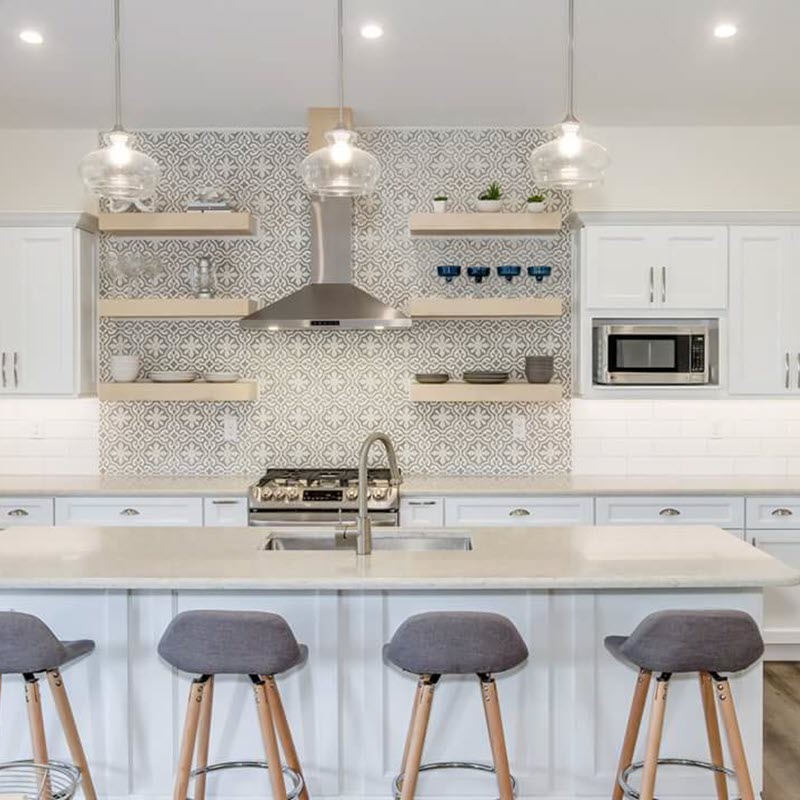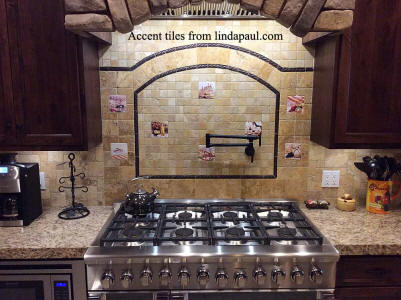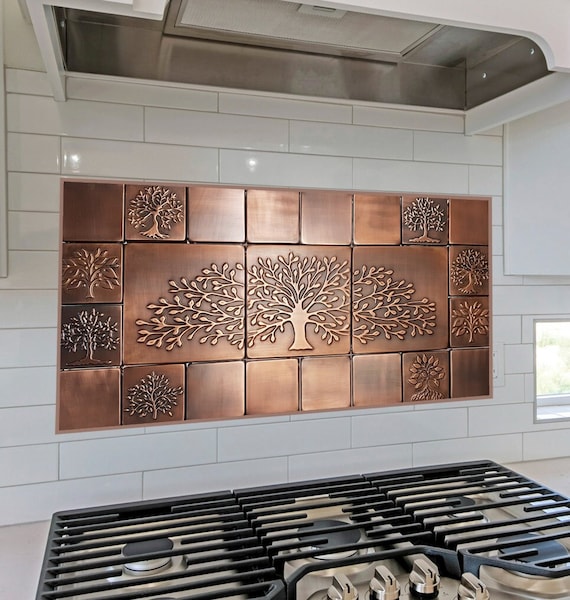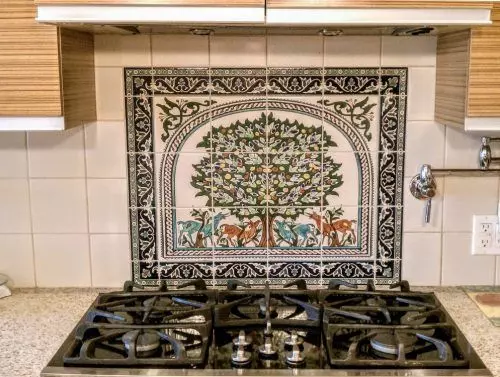If you’re considering a home renovation, one of the most impactful yet often overlooked elements is the backsplash decorative tile. After diving into my kitchen remodel, I learned that a beautiful backsplash doesn’t just enhance the aesthetics of a space; it also reflects your personality and style. In this extensive guide, we’ll explore the myriad of options available, practical tips for installation, and much more. Let’s get started!
What is Backsplash Decorative Tile?
Backsplash decorative tile refers to tiles that are installed on the wall space between the countertop and the upper cabinets, primarily in kitchens and bathrooms. These tiles serve both functional and decorative purposes:
- Protection against water and stains
- Enhancement of visual appeal
- Adding texture and color to your design
Types of Backsplash Decorative Tile
Understanding the types of tiles available can help you make an informed choice. Here are some popular options:
Ceramic Tiles
Ceramic tiles are a classic option that is widely used for backsplashes. They come in various colors, styles, and finishes.
Pros:
- Durable and easy to clean
- Affordable
- Available in a wide variety of designs
Cons:
- Can crack if heavy objects are dropped
- Glazed versions can be slippery when wet
Glass Tiles
Glass tiles bring a modern, sleek look to your backsplash. They create a sense of depth and can enhance the light in your space.
Pros:
- Reflective surfaces can make small spaces appear larger
- Stain-resistant and easy to clean
Cons:
- Generally more expensive
- Can be challenging to install due to fragility

Natural Stone Tiles
For a luxurious touch, natural stone tiles such as granite, marble, or slate can create a stunning backsplash.
Pros:
- Unique, natural patterns that add elegance
- Highly durable
Cons:
- Requires sealing to prevent stains
- Usually more expensive than other options
Vinyl Tiles
Vinyl tiles are an affordable and versatile option that can mimic the look of more expensive materials.
Pros:
- Easy to install and remove
- Water-resistant
Cons:
- Can be less durable than other materials
- Limited design options

Choosing the Right Backsplash Tile for Your Home
Here are some factors to consider when selecting your backsplash decorative tile:
Style and Aesthetics
Consider the overall theme of your space. Are you aiming for a modern, rustic, or classic look? Your choice of material and color should complement your cabinets and countertops.

Durability and Maintenance
Different materials come with varying levels of maintenance. For instance, while glazed ceramic is easy to clean, natural stone requires periodic sealing.
Budget
Establishing a budget beforehand can help narrow down your options. Keep in mind that installation costs can vary based on the tile material.

Installation of Backsplash Decorative Tile
Installing a new backsplash can be a rewarding DIY project. Here’s a step-by-step guide to get you started:
Tools and Materials Needed
- Tiles of your choice
- Tile adhesive
- Grout
- Tile cutter
- Level
- Sponge

Steps to Install Your Backsplash
- Preparation: Clean the wall surface thoroughly and measure the area to calculate how many tiles you need.
- Apply Adhesive: Use a notched trowel to spread the tile adhesive on the wall.
- Install Tiles: Start from the bottom and work your way up, pressing each tile firmly into place.
- Cut Tiles: Use a tile cutter for edges and corners. Measure twice, cut once!
- Grout: Once the tiles are set, apply grout between the tiles using a grout float.
- Clean Up: Wipe off excess grout with a damp sponge before it dries.
Comparing Popular Tile Options
| Tile Type | Price Range | Durability | Maintenance Level | Appearance |
|---|---|---|---|---|
| Ceramic | $ – $$ | High | Low | Varied |
| Glass | $$ – $$$ | Medium | Medium | Sleek, Modern |
| Natural Stone | $$$ – $$$$ | Very High | High | Luxurious |
| Vinyl | $ | Low | Very Low | Varied |

Pros and Cons of Backsplash Decorative Tile
Pros
- Adds visual interest and character to your space
- Protects the walls from moisture and stains
- Wide variety of materials and designs to choose from
- Relatively easy to install, making it a popular DIY project
Cons
- Can be costly depending on material
- Installation can be time-consuming
- Some materials require more maintenance than others
Frequently Asked Questions (FAQs)
What is the best material for a kitchen backsplash?
The best material depends on your style preference, budget, and how much maintenance you’re willing to commit to. Ceramic is often favored for its affordability and ease of cleaning, while natural stone offers elegance and durability.
How do I clean my backsplash tile?
Most tiles can be cleaned with warm water and a gentle detergent. For tougher stains, consider using a pH-balanced cleaner specifically designed for your tile type.
Can I install a backsplash myself?
Absolutely! Many homeowners opt for DIY installation. Just ensure you have the right tools and follow proper steps for a successful project.
Are glass tiles suitable for high-traffic areas?
Yes! Glass tiles can be suitable for high-traffic areas, but be cautious with heavy impacts as they may crack.
How do I choose a color for my backsplash?
Consider the color of your cabinets and countertops. Choosing a complementary or contrasting color can make your backsplash stand out. Also, think about the ambience you want to create—neutral colors can create a calm environment, while vibrant colors can add energy.
Wrapping Up
Backsplash decorative tile is more than just a functional element; it’s an opportunity to showcase your style and enhance the beauty of your home. With the information provided in this guide, you’re now equipped to make informed decisions about materials, installation, and maintenance. Whether you choose ceramic, glass, natural stone, or vinyl, your new backsplash will undoubtedly elevate your space.
Happy decorating!